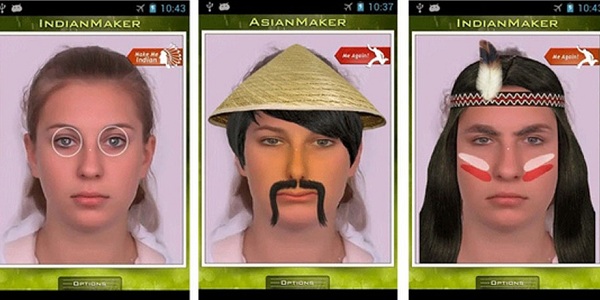Drug discovery in the digital era: how computers are helping to design better drugs
The image of scientists slaving over test tubes may soon be behind us as pharmaceuticals enter the digital age. Computers are revolutionizing the industry, helping our brightest minds create better drugs faster.
Read on to discover how technology is ushering in a new era of medicine.
Computers spearhead structure-based design
In the past, scientists used trial and error to search through natural compounds with medicinal potential. Today, most major drug companies are working much more efficiently thanks to a process called structure-based design made possible by computers. They’re not just finding drugs faster; according Magid Abou-Gharbia, the former head of drug discovery at Wyeth, they’re discovering treatments they may have never found at all.
We’re already beginning to see the benefits of structure-based design. In 2012, the technology brought us Xalkori, a Pfizer drug which delays deterioration from a rare and persistent type of non-small cell lung cancer. Patients on this drug had 7.7 months from the time they began treatment until tumor growth or death, compared to just three months on chemotherapy.
Structure-based design has also been pivotal in the development of emerging drugs like Eli Lilly & Co’s Alzheimer’s disease treatment and Sanofi SA’s new blood thinner.
A new way of finding drugs
Structure-based design doesn’t just speed up drug discovery; it tackles it in a brand new way. Drugs attack the disease-causing proteins that interact with the body’s other molecules in an unhealthy way. A drug connects to this protein like a key fitting into a lock. Drug makers traditionally searched for keys without giving too much thought to the locks. They happened upon them by chance, and often wouldn’t know why they worked for years. They had no clear picture of the keys or the locks.
Computers can analyze data from X-rays to determine what the locks look like. With this picture in mind, researchers can fashion the keys, the custom molecules that fit the locks. It’s still not an easy process, but the computers streamline it. Rather than millions of potential cures, scientists now have hundreds to consider. With a narrowed field, they can come up with a solution in less time, and for less money.
“It doesn’t tell us everything, but it gives us a very good clue,” Tony Wood, the head of chemistry at Pfizer, told The Wall Street Journal.
The dangers of the digital drug revolution
The potential to treat diseases more effectively and even cure the incurable is exciting, but it’d be remiss to disregard the ramifications of this new technology. In the United States alone, more than 15 million people are addicted to prescription medication. That’s more than the combined number of Americans that abuse cocaine, heroin, hallucinogens, and inhalants. Prescription medications are also responsible for more drug deaths than any other substance.
In the face of such harrowing statistics, creating new drugs more quickly seems like a gamble. As new medications flood the market, successful rehabs may find themselves inundated with more customers than they can manage.
There’s certainly room for caution as more efficient drugs enter the marketplace in greater numbers. However, these concerns are balanced by the potential to provide better treatments and even cure some of the world’s most debilitating diseases.
* * *
“Doctor” image courtesy of Shutterstock.








